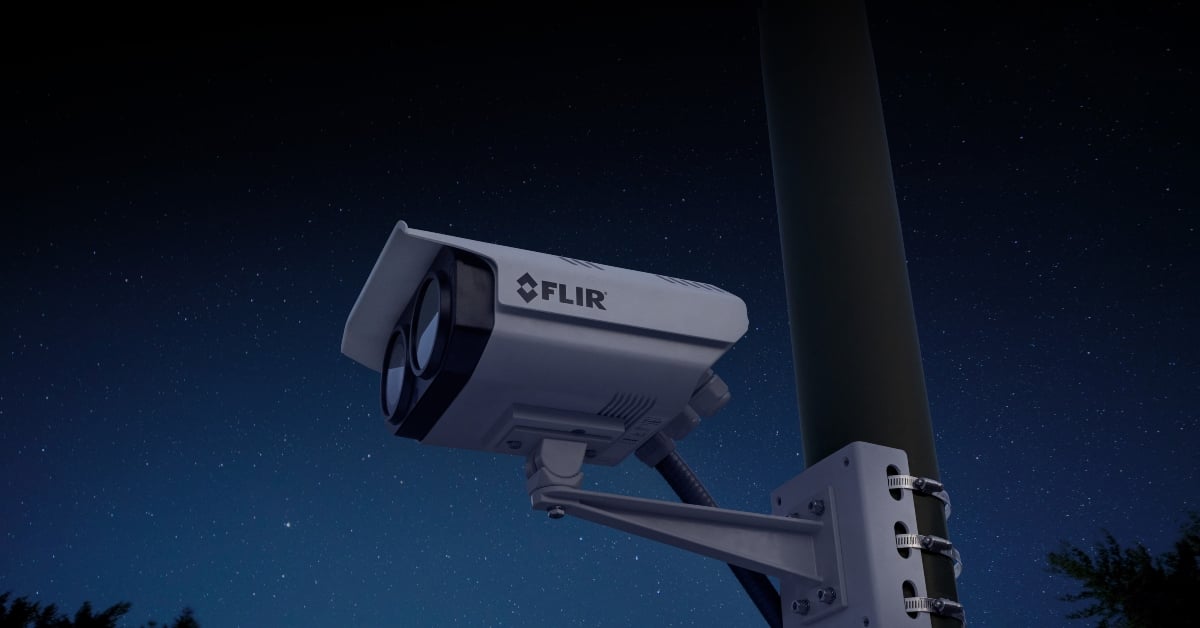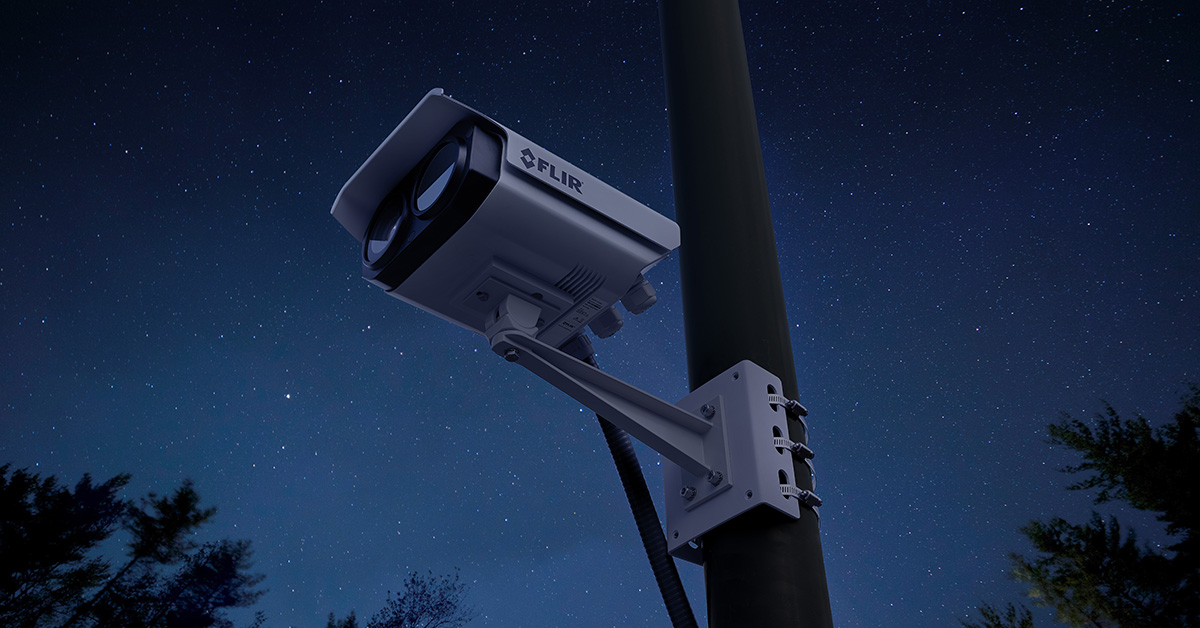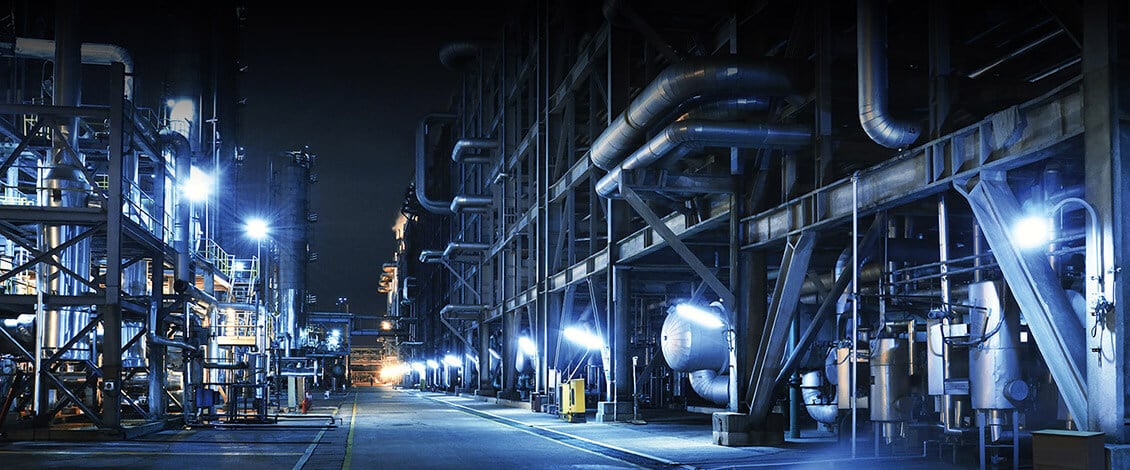What is a night vision camera? Introducing the differences between infrared cameras and application scenarios
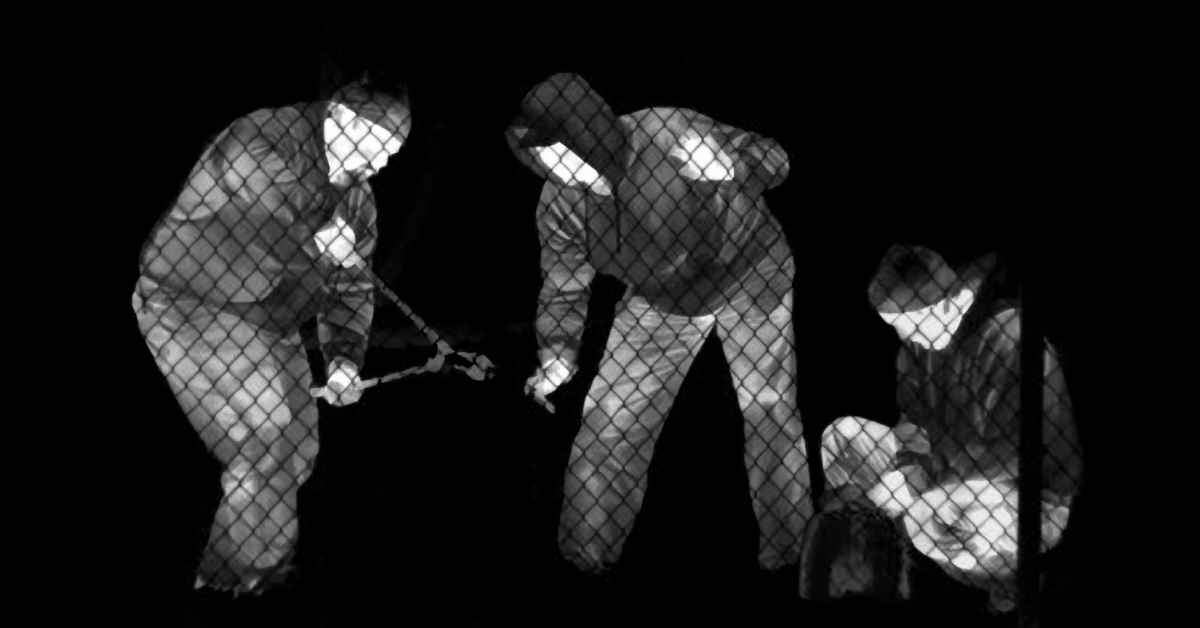
A night vision camera is a camera that can shoot even at night or in dark places where light is difficult to reach. Infrared cameras are also one of the cameras that can shoot at night, but what is the difference between them?
In this article, we will elaborate the features of night vision cameras, their differences from infrared cameras, and the application scenarios of each camera. Night vision cameras and infrared cameras are suitable for different installation locations. This article is suitable for those who are interested the difference between each camera, or considering where to install the camera.

Night vision camera on the left, infrared camera image on the right
What is a night vision camera?
A night vision camera is a camera allows visualization of images in low levels of light. The device is widely used to monitor parking lots, offices, and to watch over pets and children.
A night vision cameras is able to capture images clearly in the dark environment is produced by a night vision correction function. Night vision correction is a function that automatically corrects brightness even in dark places. Specifically, by increasing the sensitivity of the sensor that receives light inside the camera, the target is brightened even in places with low levels of light. It is also being called a "high-sensitivity camera" as it has higher sensitivity than other cameras.
However, since night vision correction is only a "brightness correction function", a minimum brightness (minimum subject illuminance) is required when shooting.
In other words, night vision cameras is able to capture clear images and images at night or in dark places with minimum levels of light, but they have a blind spot where no light reaches at all or in complete darkness.
What is the difference between a night vision camera and an infrared camera?
Before we tell you the differences between the two, let's first deepen our understanding of what infrared cameras are and how they work.
What is an infrared camera?
An infrared camera is a camera that can take pictures of objects even in the dark by using infrared rays.
At first glance, it looks like a normal camera, the same as a night vision camera, but in fact, its mechanism is completely different. All objects above absolute zero naturally emit infrared light according to temperature. An infrared camera captures the intensity of the light and displays it as an image of heat distribution.
In the first place, infrared rays are wavelengths (light) in areas that cannot be seen with the eye. Depending on the magnitude of the wavelength, it is classified into three types: near-infrared (about 0.78 to 2.5 μm), mid-infrared (about 2.5 to 4 μm), and far-infrared (about 4 to 1,000 μm). Infrared camera is a general term for cameras that use infrared light to capture images.

In the case of a normal camera, a light source is required for image production, but an infrared camera does not require a light source because it detects infrared rays emitted by an object. So you can shoot in the dark. The ability to obtain the same images and measurement results day and night is one of the attractions of infrared cameras.
Since the infrared camera can capture the infrared rays of the object with the built-in sensor element, it is possible to visualize the target clearly.
The difference between a night vision camera and a thermal camera
The main difference between a night vision camera and an infrared camera is whether it can shoot in the dark or dark place where the light does not reach. That is, the presence or absence of a light source when shooting.
Night vision cameras cannot shoot in the dark or in dark places where there is no light at all. At night, a light source similar to a street lamp or a light bulb is required. On the other hand, infrared cameras use infrared rays, so they can shoot even in dark or dark places where there is no light at all. No light source is required.
Note: "Near-infrared cameras" that detect near-infrared rays around 1000 nm (1 μm) are also classified as infrared cameras, but in this article, they are classified as night vision cameras.
Scenes of using night vision cameras
Night vision cameras can shoot in dark places where a certain amount of light can reach. As a place to install it, a place with street lights outdoors and a place with some lighting if it is indoors is suitable.
Now, let's take a look at some specific applications of night vision cameras.
Night monitoring of parking lots
There is no end to troubles such as vehicle theft and mischief in parking lots. Such crimes are more likely to occur at night when they are out of sight.
A night vision camera can be installed for night surveillance and can serve as a tool to record evidence as clear images and images. In addition, by installing it in a position that is easily visible from the surroundings, it can be expected to be effective as a crime prevention deterrent.
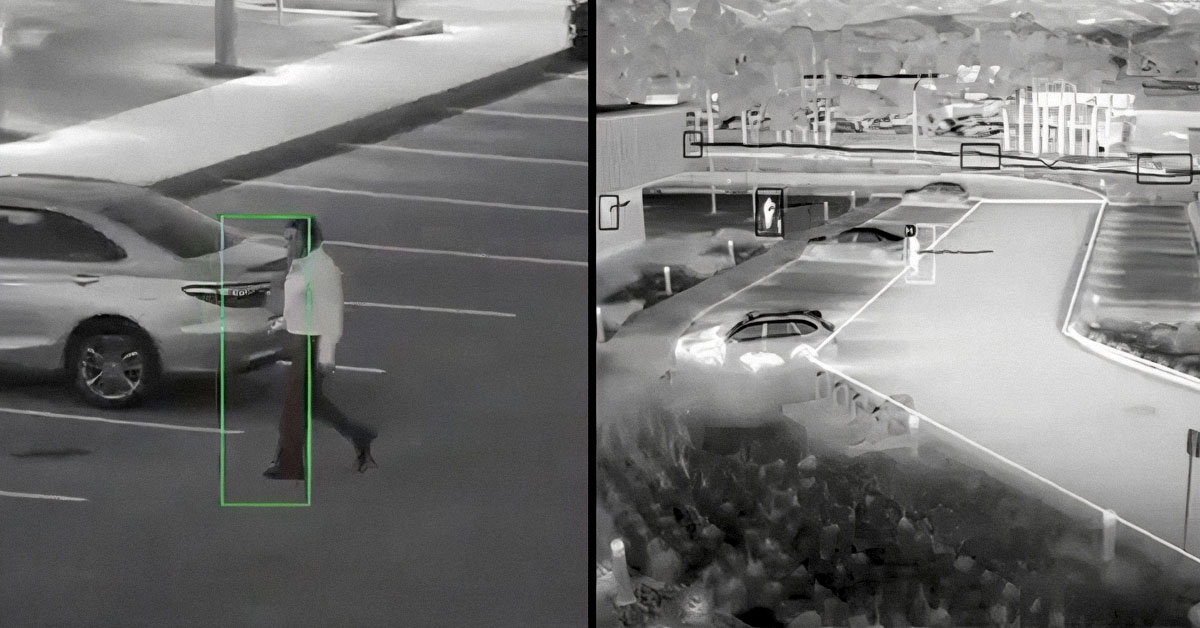
Night vision camera on the left, infrared camera image on the right
Anti-theft in offices
In offices and offices where an unspecified number of people, including employees, come and go, there are not only personal valuables but also personal computers and confidential information, and there is a risk of theft everywhere such as desks, lockers, and cafeterias. In addition, since there are no people in offices and offices 24 hours a day, the risk is especially high during off-lights such as at night or on holidays.
The installation of a night vision camera not only enhances the deterrent effect of theft, but also makes it possible to clearly record the moment of the crime even if theft occurs at night.
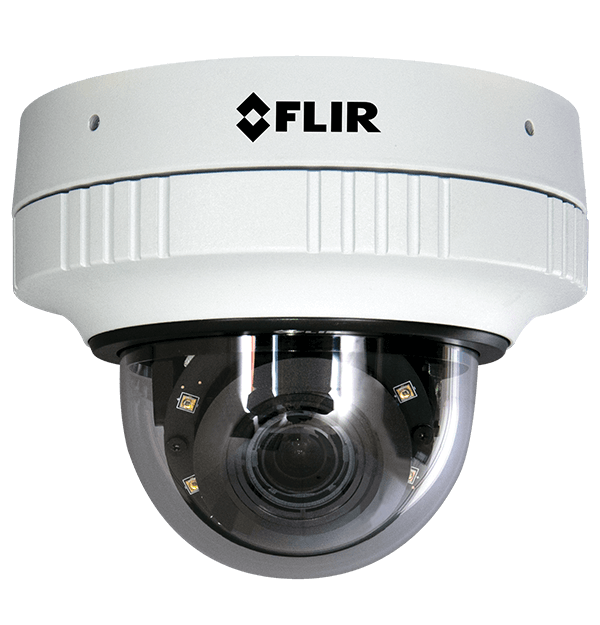
FLIR Quasar™ Premium Mini-Dome
The FLIR Quasar premium mini-dome is a visible light security camera that delivers superior image quality and IR-illumination in the most demanding environments.
View Product
Night monitoring of children, caregivers, and pets
With a night vision camera, you can see children, pets, and family members who need nursing care from a distance, even at night. For example, it is safe when you have to go out at night or when you can't get home easily due to work. It is also useful as a security record tool when you need to be away from home for a long time due to a short trip or business trip.。
Scenes of use of infrared cameras
Thermal cameras can shoot even in complete darkness where a light source cannot be obtained.
Locations include outdoors where there are no street lights around, or in warehouses where there is no light indoors. In addition, since it can shoot both bright and dark places, it is also suitable for 24-hour continuous fixed-point monitoring. Now, let's take a look at some specific applications of infrared cameras. Please refer to the installation location.
Crime prevention and surveillance (security cameras)
In crime prevention and surveillance, it is often affected by the environment and weather, and unreliable low-quality cameras make it difficult to judge animals and people, and they are often plagued by false alarms.
FLIR's thermal analysis security cameras accurately identify whether an intruder is a person or a car.
On-board analysis provides almost no false alarms. In addition, a wide range of high-performance lenses and various resolutions are available, allowing you to configure security systems very flexibly to meet specific site conditions. As a result, false alarms can be reduced and stronger crime prevention and surveillance can be realized without increasing the number of security guards.
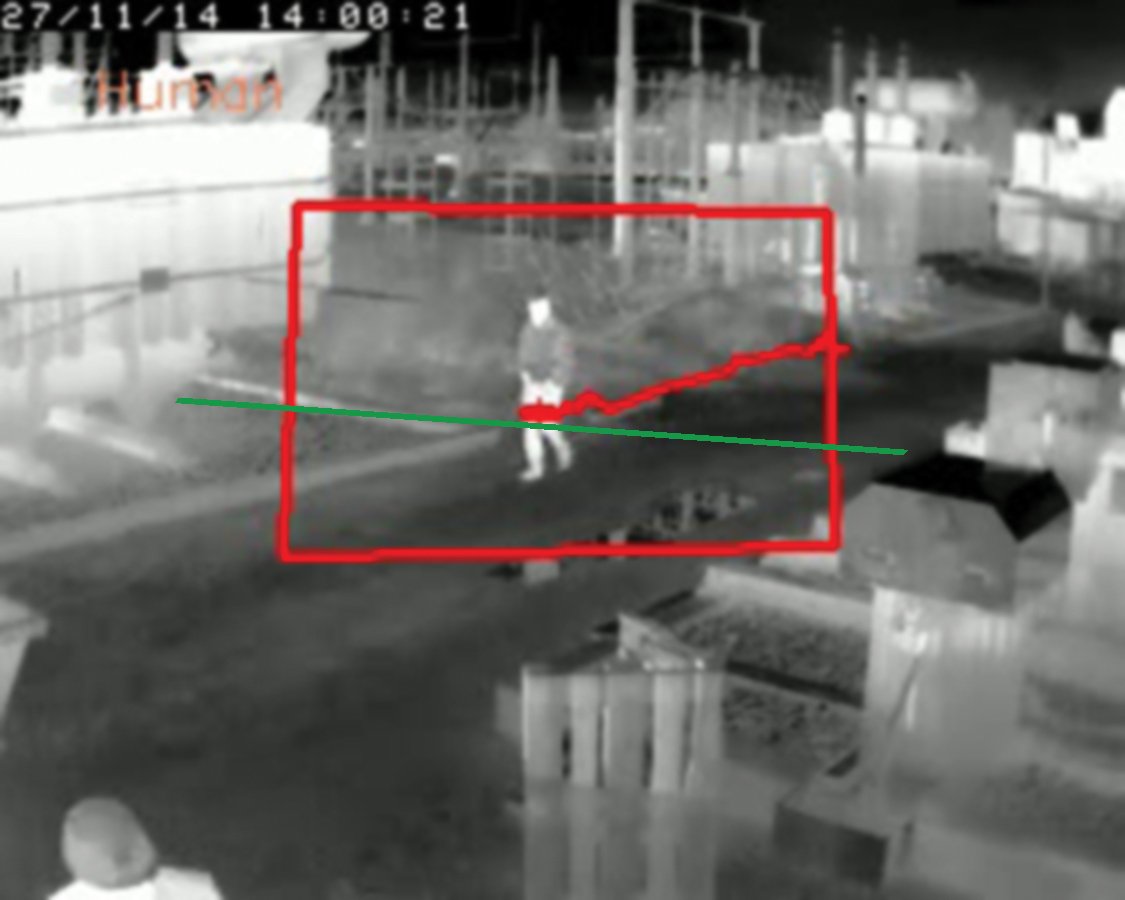
Thermal security cameras monitor their surroundings day and night, in adverse weather conditions.
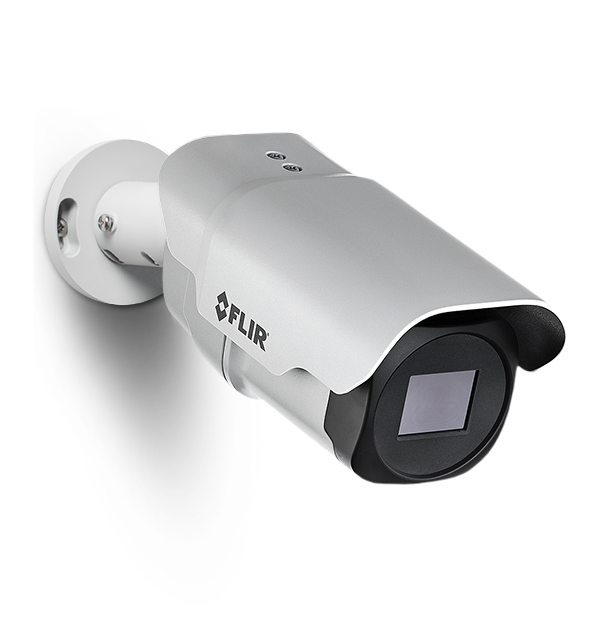
Elara™ FB-Series ID
The FLIR Elara FB-Series ID thermal security camera uses onboard analytics to classify human or vehicular intrusions, providing reliable detection with low false alarm rates in challenging environments, bad weather, and complete darkness.
View Product
【Observation of wild animals and plants】
Since the infrared camera can shoot in the dark or in the dark, it can clearly capture the target even at night without lighting. Since it is difficult to find a camera even when installed, it is useful for fixed-point observation of the ecology of rare animals and nocturnal animals, which are few in number, and for observing the state of plants.
It is possible to capture the outline of animals not only in the dark, but also in bad weather and light fog, and it is possible to track active animals even in poor visibility.
【Monitoring of schools, factories and important facilities
】
There are risks such as intrusion and theft at night, such as trespassing in schools, substations, and power plant facilities, and taking away materials and tools at factory sites. In schools where people are easily penetrated, infrared cameras can be installed at the school gate and at the entrance of the premises to serve as security and surveillance cameras and keep records.
Infrared cameras, which are good at monitoring in the dark without electric light, are also suitable for night surveillance in factories.
Critical facilities such as substations and power plants require remote monitoring.
FLIR security infrared cameras are available with continuous zoom of up to 14x, making them the perfect solution for security in critical facilities.
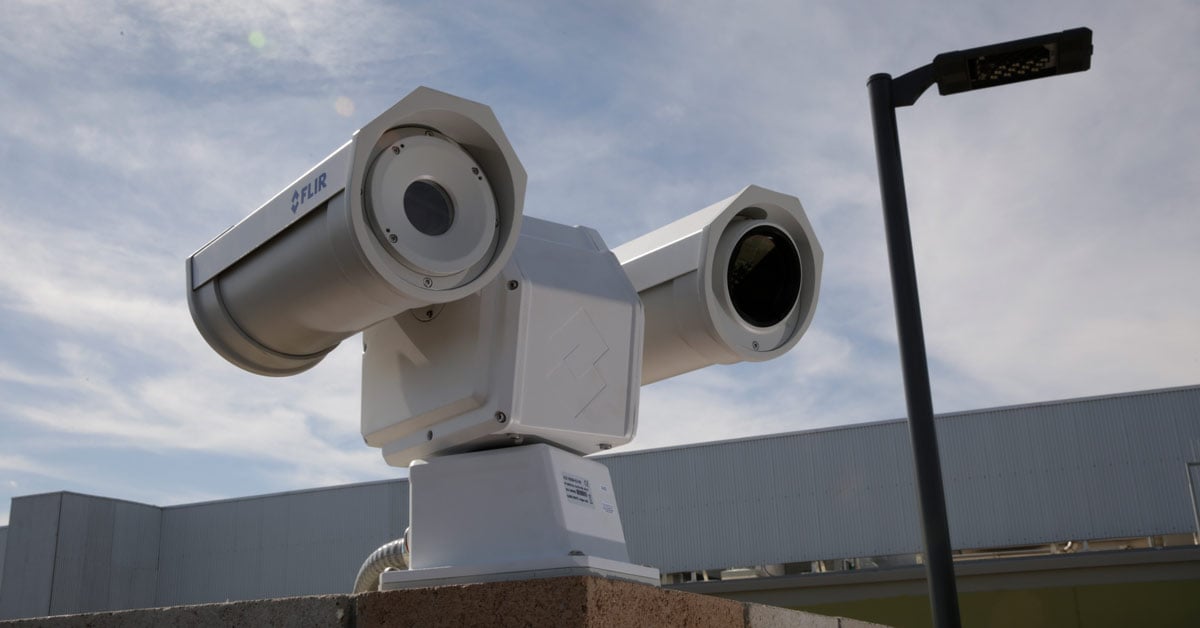
INFRARED CAMERA FOR MONITORING CRITICAL FACILITIES
【Boundary monitoring of borders, protected areas, and restricted areas】
Infrared cameras are used to monitor suspicious persons and guard the boundaries of suspicious ships in places where people enter and exit, such as airports and ports, or in places such as borders and restricted areas.
Border patrol and surveillance are 24 hours a day, non-stop missions, and there is no room for downtime or unpreparedness. To prevent smuggling, smuggling, and other hazards, you need products that can be trusted and long-range surveillance under all conditions, day and night.
The excellent long-range infrared camera with FLIR's cooled detector has a 22x continuous optical zoom that enables continuous situational awareness and reliably captures the target.
With a detection range of 10 km for human size and 20 km for vehicle size, it can detect and classify threats with maximum field of view under various weather conditions, day or night.
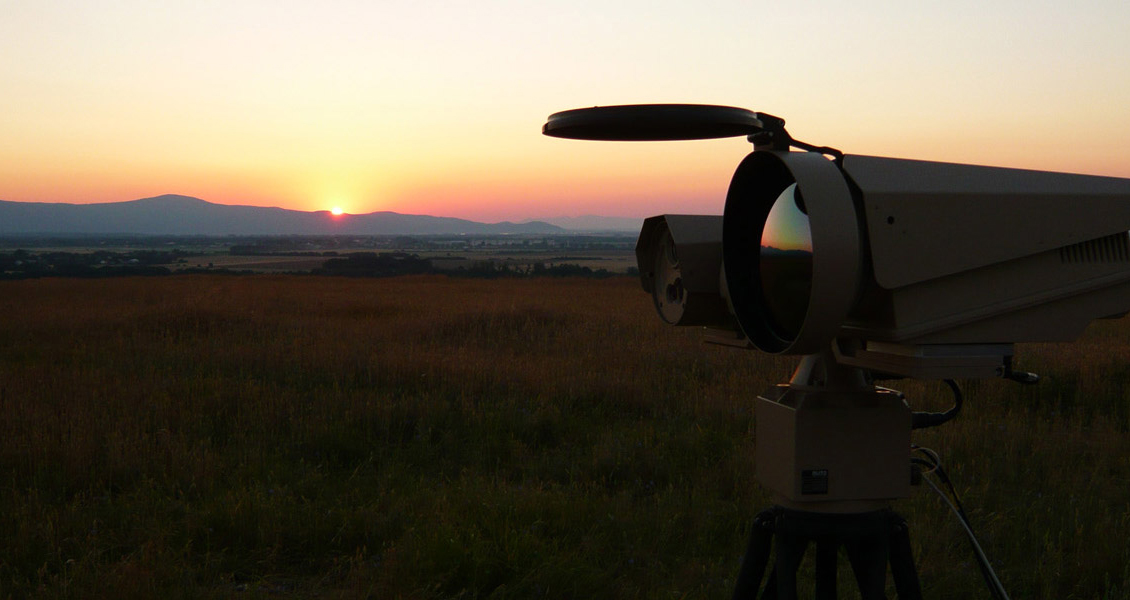
HIGH-RESOLUTION MEDIUM-RANGE SURVEILLANCE SYSTEM
SUMMARY
We have mainly explained the overview of night vision cameras, the differences from infrared cameras, and suitable installation locations.
Both night vision cameras and infrared cameras can shoot at night, but the major difference between them is whether they can shoot in the dark or dark places where light cannot reach.
Infrared cameras are suitable for dark or dark places where no light reaches at all, and night vision cameras are suitable for places where some light can reach.
FLIR Systems has many optimal cameras to meet your needs. If you are considering introducing various cameras, such as "I want a high-definition and tough night vision camera" or "I want to install an infrared camera that can clearly record 24-hour images", please feel free to contact us.
